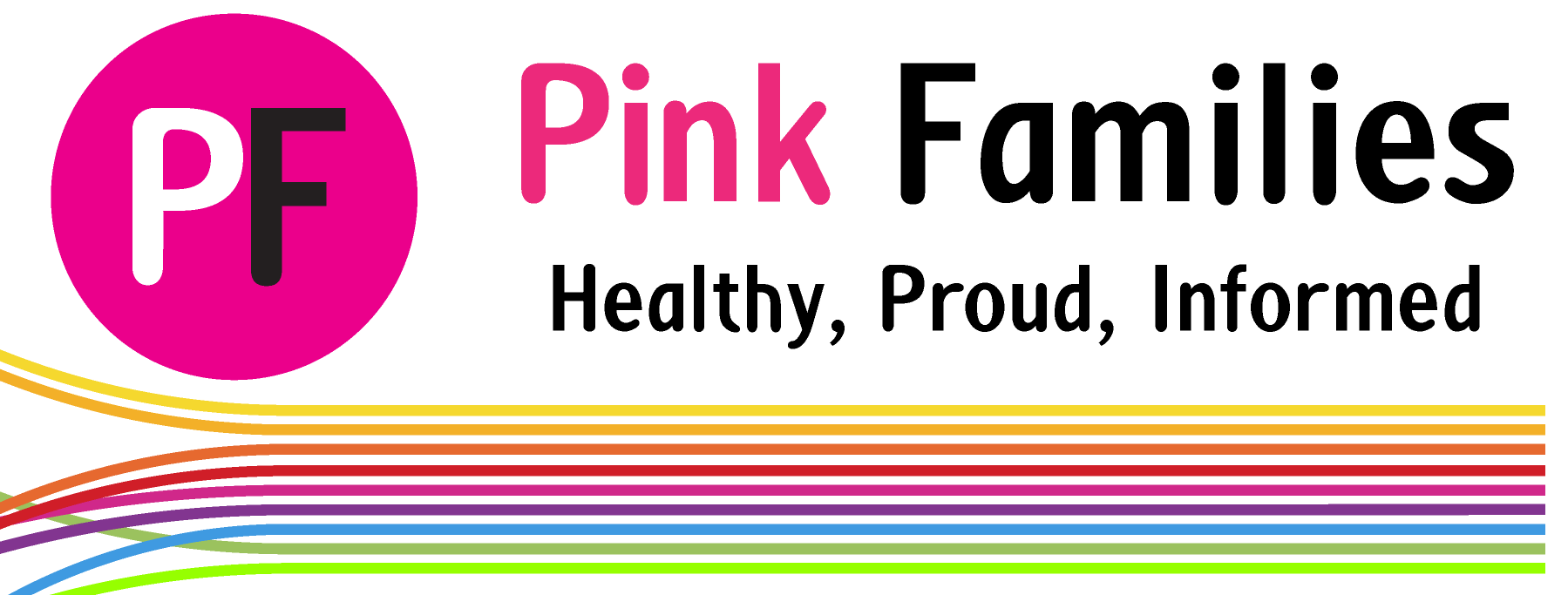Autogenic relaxation: Imagery
Autogenic relaxation is where you rely mostly on visualization to help you achieve a relaxed state. This type of relaxation might involve imaging a place or an environment where you can feel relaxed.
Some yoga instructors incorporate this type of relaxation into their practice. Also, psychologists, counselors and therapists sometimes help clients through using autogenic relaxation to achieve a relaxed state.
You can use this type of relaxation with others or by yourself. For example, you can use a relaxation CD to help you relax.
Progressive muscle relaxation
The second type of relaxation is called progressive muscle relaxation. This type of relaxation is referred to as PMR.
PMR involves targeting muscular tension within your body in order to relax that area. For example, it may involve clenching your fists and then releasing them so that the muscles in your hands begin to relax.
PMR is particularly helpful when we experience anger. When we are angry we have unspent energy. Tensing and relaxing certain areas of your body can help release some of the tension that usually accompanies feelings of anger.
Similar to autogenic relaxation, you can do PMR with others or by yourself. For example, you can use a relaxation recording by yourself in your own home.
Make it work for you
Relaxation, like most things, gets better with practice. Some people find it difficult to start using relaxation if they have never tried it before. Others have little difficulty relaxing once they start. One of the tricks to establishing your relaxation practice is to work out which method works best for you and when. Play around with both methods and have fun. Relax into it and take the time to invest in your health.


